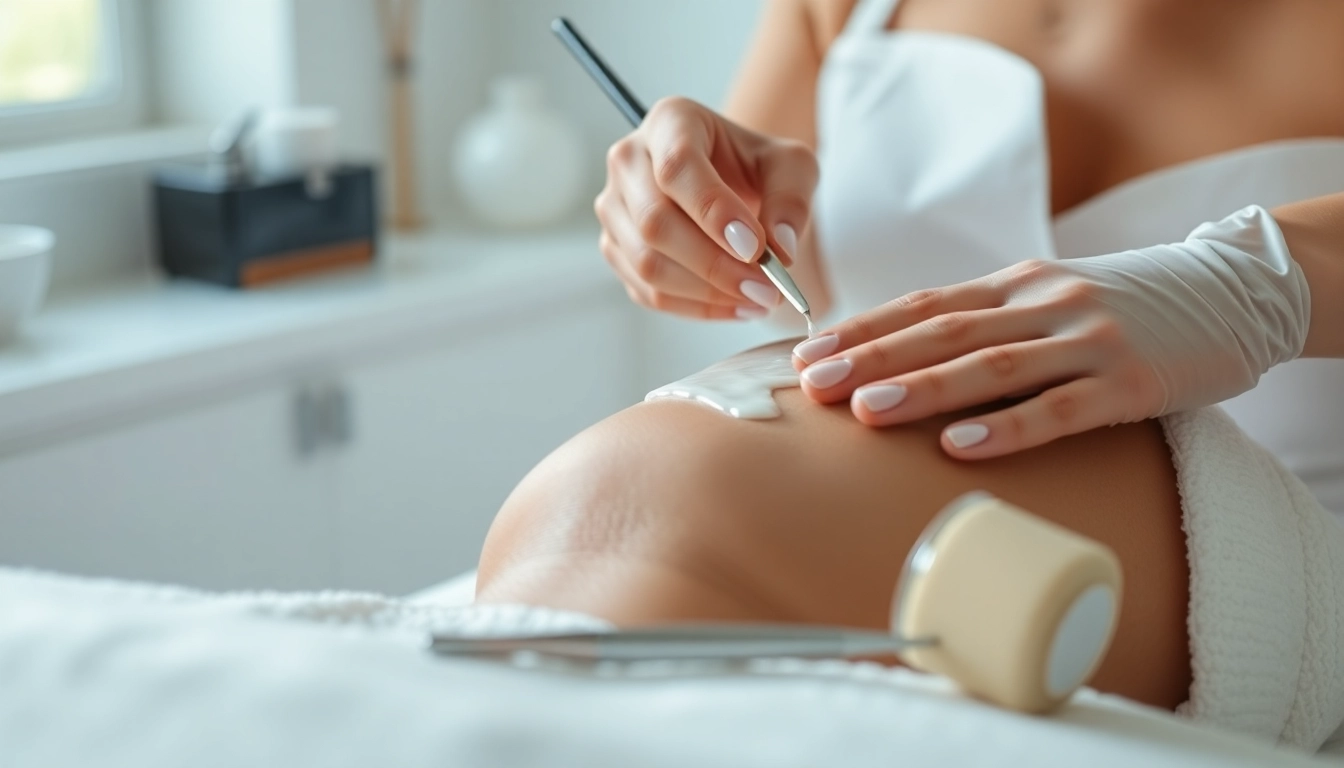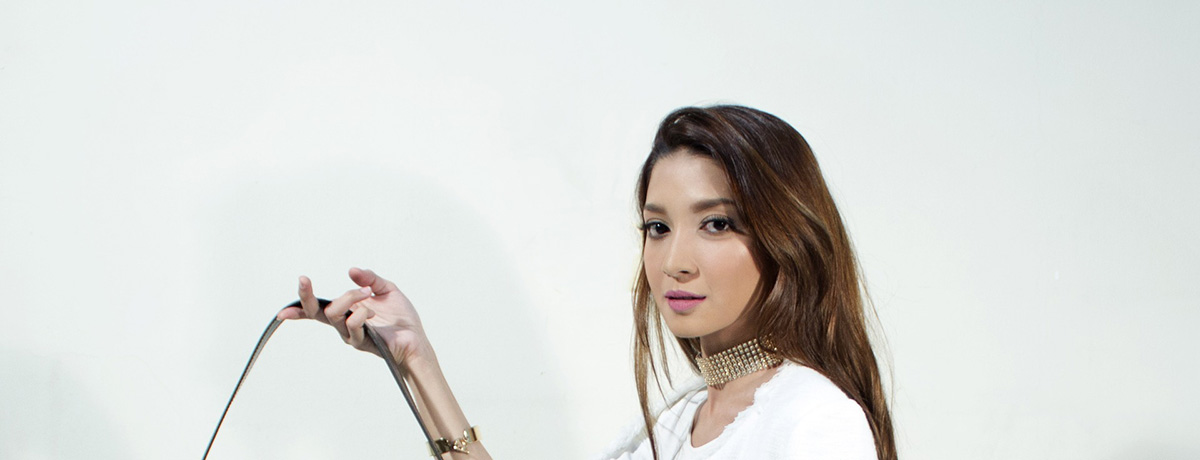
Essential Guide to Waxing: Techniques, Benefits, and Aftercare Tips
Understanding Waxing
Waxing is a popular technique for hair removal that has been practiced for centuries. It involves applying a sticky substance, typically made from wax, to the skin where unwanted hair grows. After the wax cools and adheres to the hair, it is pulled away, removing the hair from the root. Results can last several weeks, making it a favored choice for many seeking smooth skin. Not only does waxing provide longer-lasting hair removal compared to shaving, but it also helps to exfoliate the skin. For those looking to explore this method further, waxing offers a comprehensive solution to hair management.
What is Waxing?
Waxing is a type of epilation that removes hair from the follicle, rather than simply cutting it at the surface as shaving does. The process can be performed on various parts of the body, including the arms, legs, underarms, bikini area, and face. The primary types of wax used are hard wax and soft wax, each having its unique applications and advantages. Hard wax is typically used for sensitive areas as it adheres to hair rather than skin, while soft wax is ideal for larger areas. This hair removal method can be done professionally at salons or can be performed at home with the proper tools and techniques.
Types of Waxing Techniques
There are several types of waxing techniques, each suited for different areas of the body and types of hair. Here are the most common ones:
- Soft Wax: Often used for legs or arms, soft wax requires a paper or cloth strip to remove it after it has been applied.
- Hard Wax: Best for sensitive areas, such as the bikini line or underarms, hard wax hardens on the skin and is removed without the need for strips.
- Bikini Wax: This technique removes hair from the bikini area, with variations including the basic bikini wax (removing hair from the sides) and the Brazilian wax (removing all hair).
- Facial Waxing: This targets hair on the face, particularly the upper lip, chin, and eyebrows, providing a smooth and clean appearance.
- Body Waxing: Full body waxing is a more extensive service, often encompassing legs, arms, and back.
Benefits of Waxing Over Other Hair Removal Methods
There are several advantages that waxing has over other hair removal techniques like shaving or depilatory creams:
- Long-lasting results: Waxing removes hair from the root, meaning that regrowth takes longer compared to shaving, which only trims hair at the skin’s surface.
- Exfoliation: Waxing also removes dead skin cells, which can lead to smoother skin and an improved overall appearance.
- Finer regrowth: Over time, regular waxing can lead to finer and sparser hair regrowth.
- Less irritation: Many people find that waxing causes less irritation than shaving, which can lead to nicks, cuts, and ingrown hairs.
- Skin Brightening: The exfoliation from waxing can help reveal brighter, fresher skin underneath.
Preparation for Waxing
To achieve the best waxing experience with minimal discomfort, preparation is essential. This involves taking a few steps to ensure your skin and hair are ready for the process.
Skin Preparation Steps Before Waxing
Preparing your skin before waxing can significantly improve the results and reduce any potential discomfort:
- Exfoliate: Gently exfoliate the area you plan to wax three days before your appointment to remove dead skin and allow the wax to adhere better.
- Cleanse: On the day of waxing, ensure the area is clean. Wash with a gentle cleanser and pat dry.
- Moisturize: Avoid heavy moisturizers just before waxing, but ensure the skin is hydrated in the days leading up to the appointment to maintain health and elasticity.
- Hair Length: Allow hair to grow to about ¼ inch to ensure effective waxing, which typically requires about 3-4 weeks of hair growth for best results.
Common Skin Concerns and Solutions
Before undergoing waxing, it’s important to address any potential skin concerns:
- Sensitive Skin: If you have sensitive skin, consider performing a patch test with the wax to ensure no adverse reactions occur.
- Acne-Prone Skin: Avoid waxing over active acne to prevent further irritation or spreading bacterial infection. It’s advisable to wait until the acne has healed.
- Sunburned Skin: Never wax over sunburned skin as it can result in peeling and increased irritation.
Choosing the Right Wax for Your Skin Type
Selecting the appropriate wax for your skin type can make a significant difference in the experience and results:
- Hard Wax: Ideal for sensitive areas, as it minimizes irritation by sticking only to the hair.
- Soft Wax: Suitable for larger areas like the legs or arms, offering efficient hair removal but may cause more irritation.
- Natural Waxes: For sensitive skin types, look for natural waxes that contain fewer chemicals and fragrances.
Waxing Process Explained
The waxing process can be straightforward, but understanding each step can enhance your overall experience and results.
Step-by-Step Guide to a Successful Wax
- Preparation: Ensure the skin is clean and dry. Test the temperature of the wax if it’s heated to avoid burns.
- Application: Apply the wax in the direction of hair growth using a spatula. For soft wax, place a strip over the applied wax.
- Removal: Pull the wax or strip in the opposite direction of hair growth, keeping the skin taut to minimize discomfort.
- Post-Wax Care: Cleanse the area with a soothing post-wax lotion to help calm the skin and reduce redness.
Tips for Reducing Discomfort During Waxing
Even though waxing can be somewhat uncomfortable, here are strategies to minimize pain:
- Timing: Schedule your appointment during a time of the month when your pain threshold is higher (generally avoiding the week before your menstrual cycle).
- Distraction: Bring headphones and listen to music or podcasts to help distract from the pain.
- Numbing Creams: Consider applying a topical numbing cream before your appointment, although consult your technician for the best options.
Aftercare Advice Post-Waxing
Aftercare is crucial to ensure your skin heals properly and to maximize the benefits of waxing:
- Avoid Hot Showers: Refrain from hot baths or showers for at least 24 hours post-waxing to minimize irritation.
- Moisturize: Keep the area moisturized with gentle, fragrance-free lotions to help soothe the skin.
- Avoid Sun Exposure: Keep the waxed area out of the sun for at least 48 hours to prevent discoloration and irritation.
- No Tight Clothing: Wear loose-fitting clothes to avoid friction and irritation on freshly waxed skin.
Common Myths About Waxing
As with many beauty treatments, there are several myths and misconceptions surrounding waxing.
Debunking Waxing Myths
- Myth: Waxing is too painful for sensitive skin.
Fact: While there may be some discomfort, proper techniques and products can mitigate pain. - Myth: Hair can grow back thicker with waxing.
Fact: Regular waxing can actually lead to finer hair over time. - Myth: You can’t wax over tattoos.
Fact: Waxing can be done over healed tattoos as long as the area is healthy; however, always consult a professional.
FAQs About Waxing Safety
Waxing is generally safe; however, questions do arise regarding potential risks:
- Is waxing safe for sensitive skin? Yes, if done correctly and with suitable products.
- Can waxing cause infections? It’s rare, but it can occur with improper technique or unclean conditions.
User Experiences and Testimonials
Many people report satisfaction with their waxing experiences, citing long-lasting results and smoother skin. Common testimonials highlight the positive changes in skin texture and a reduction in hair growth over time:
“I used to dread hair removal, but since I started waxing, my skin has never felt smoother, and my hair grows back so much slower!” – Sarah H.
Finding the Right Waxing Service
If you’re considering professional waxing, knowing what to look for in a salon can be crucial for a positive experience.
What to Look for in a Waxing Salon
When searching for a waxing salon, keep these factors in mind:
- Hygiene Standards: Ensure the salon maintains cleanliness, using sanitized equipment and disposable materials.
- Proper Licensing: Confirm that the estheticians are licensed and trained in waxing techniques.
- Customer Reviews: Look up reviews from previous clients to gauge satisfaction and service quality.
Understanding Pricing and Packages
Pricing can vary widely depending on the area you’re having waxed and the salon’s expertise. Here are some general pricing guidelines:
- Bikini Wax: $30 – $60
- Brazilian Wax: $50 – $100
- Full Leg Wax: $60 – $100
- Facial Wax: $15 – $30
Some salons may also offer packages or memberships, which can provide savings for frequent clients.
Local Waxing Services to Consider
For local services, consider researching options online or using review platforms to find a well-rated salon near you. Always opt for a consultation or patch test if you are unsure.
